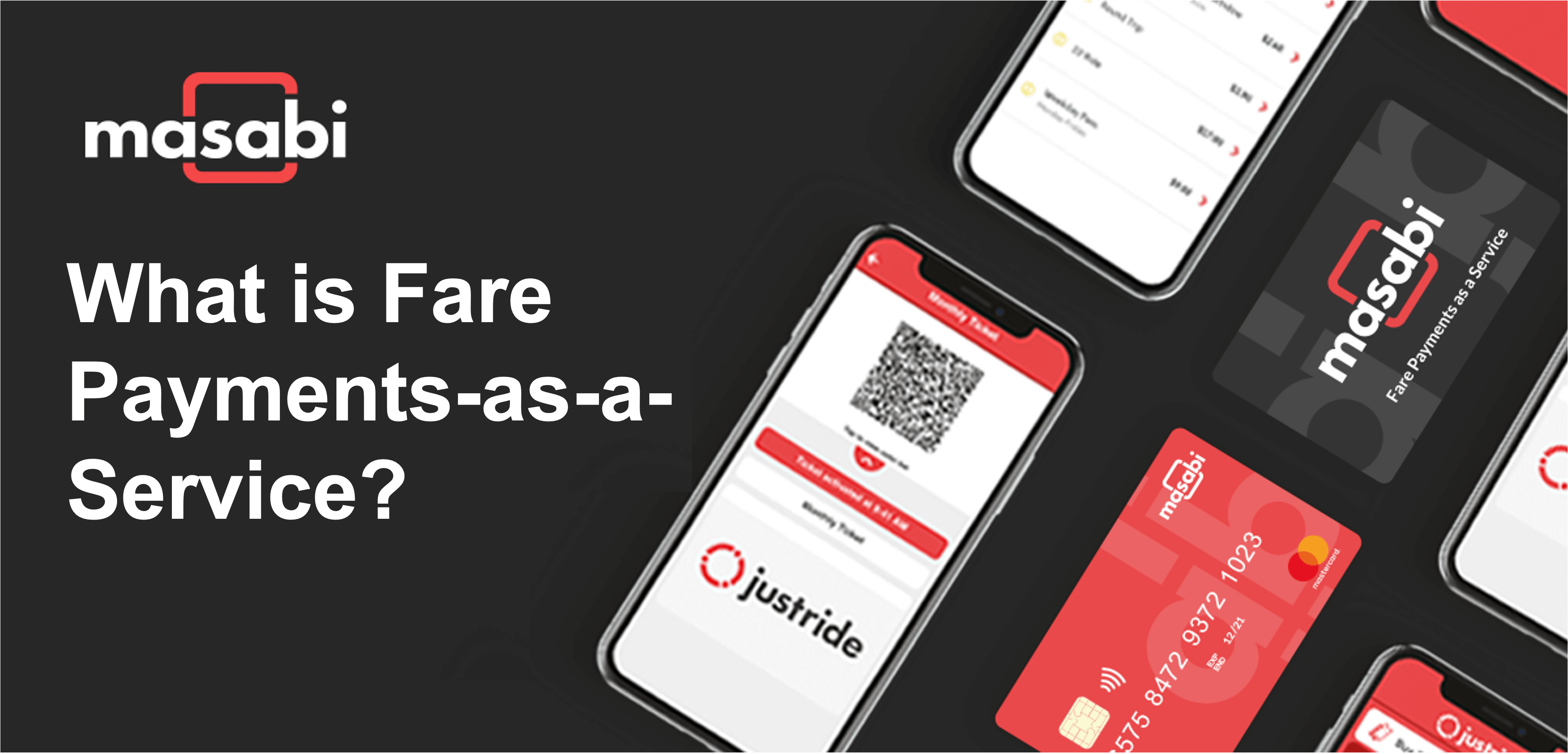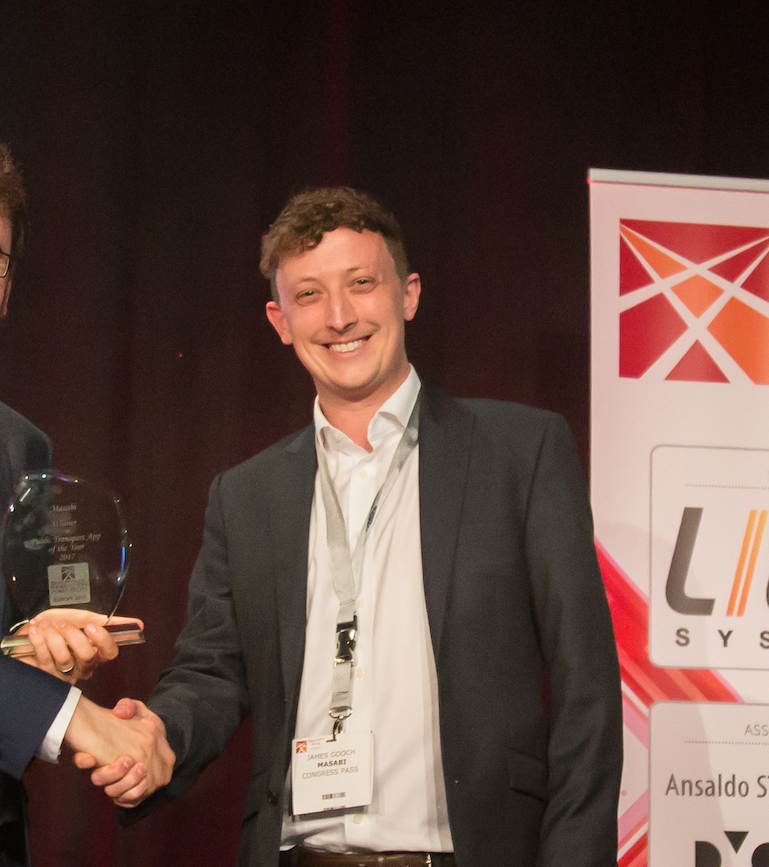Software as a Service (SaaS) solutions have been in use in other sectors for decades. Where would millions of businesses be today without access to shared software platforms?
From integrated accounting systems to retail sales, CRM and inventory management, many business sectors now rely on cloud-native solutions which give them access to the latest technology on an affordable ‘Pay-as-you-Go’ basis.
- Would you pay a vendor to build your own bespoke Customer Relationship Management (CRM) system, or would you use an ‘as-a-service’ solution like Salesforce?
- Would you pay a vendor to build your own digital file storage database instead of using a platform solution such as Dropbox, Google, or OneDrive?
- Would you pay a vendor to develop your own office tools for word processing or spreadsheets, or use an as-a-service platform like one ones provided by companies such as Microsoft and Google?
Fare Payments-as-a-Service is the term used to describe the delivery of a Fare Collection/Ticketing/Fare Payments system for public transport using a SaaS approach by utilizing a Shared (Multi-agency) Platform instead of a system built and designed for a single agencies use. Let's explain what we mean...
The Problems with Bespoke Fare Collection Systems
The fare collection industry used to be dominated by Automated Fare Collection (AFC) providers offering excessively expensivebespoke fare collection systems that transit agencies and transport operators purchased and were stuck with for years (often decades), without regular updates to keep the system up to date (except when expensive change orders were issued), using a Design, Build, Operate, Maintain (DBOM) model for systems delivery.
.png?width=266&name=Bespoke-system-diagram-1-01%20(1).png)
With a DBOM model for systems delivery, each agency purchases its own solution to fit bespoke specifications, using bespoke software and hardware. As a result, these systems are expensive to build, operate and maintain. They are also slow and risky to deploy and updates are expensive and time-consuming (if they happen at all).
These systems are no longer necessary for cities to purchase thanks to shared platform 'Fare Payments-as-a-Service' solutions.
Introducing Fare Payments-as-a-Service
Masabi is leading the movement away from expensive, standalone and custom-developed fare collection technology towards scalable, platform-based fare payment solutions delivered to agencies of all sizes ‘as-a-Service’, for a fraction of the cost of bespoke systems.

This superior means of delivering fare collection technology isn’t radical: it’s an application of software best practices delivered in almost every other enterprise technology vertical. This delivery model is called Fare Payments-as-a-Service (FPaaS) (or sometimes Ticketing-as-a-Service or Fare Collection-as-a-Service) and Masabi’s Justride platform is the leading platform in the market.
Fare Payments-as-a-Service (FPaaS) is a way of delivering fare payment (ticketing) systems without the need for agencies to select IT partners to design, build, operate and maintain a custom ‘standalone’ system for each individual agency.
Instead, Masabi and others in the industry are developing shared (multi-agency) fare payments platforms that are designed to industry requirements so that transit agencies can use proven technology to meet their fare collection needs now and in the future.
The FPaaS delivery model provides a number of benefits by moving the industry away from bespoke ‘standalone’ systems to one where multiple agencies all use the same platform. These benefits include: reduced cost of ownership and risk, increased speed to market and providing regular system and fare payment updates and innovations, thereby reducing costly change orders.
.
The Benefits of Fare Payments-as-a-Service:
- Reduced Total Cost of Ownership: FPaaS platform require significantly less capital investment and have a much lower total cost of ownership as the system is already built and costs are shared between all users. Services are typically paid for by the agency on a percentage of ticket sales bases, where the agency only pays for what they use when they use it – although funding arrangements vary according to agencies’ differing needs and priorities.
- Speedy: A Fare Payments-as-a-Service delivery model enables the latest fare payment innovations for passengers to be introduced extremely quickly – in some cases in a matter of just a few weeks. This is possible because the platform is already developed and in revenue service with other agencies, so – depending on which capabilities an agency specifies – the system only needs to be configured, instead of built.
- Constant Updates: With a fare payments platform new updates are delivered regularly, meaning all agencies on the platform get shiny new functionality enabling them to keep up with the pace of technology change.
- Future-Proof Roadmap: With a roadmap of new features and capabilities, a platform approach takes the complexity out of fare payments and allows experts to guide agencies on their ticketing journey, allowing them to concentrate on what they do best, providing safe, reliable and convenient journeys for riders.
- Mobility-as-a-Service Enabled: Fare payments platforms help enable Mobility-as-a-Service (MaaS) for public transit through SDKs and APIs linking tickets, fares and payments with other best-of-breed MaaS services. Agencies can also deploy Account-Based MaaS via Account-Based fare payments capabilities. This enables passengers to use a stored value account to tap across multiple operators, with passengers being charged ‘best fare’ post their journey.
- Open Integrations: An open API architecture means fare payment platforms can link to existing (or new) systems and connect with other best-of-breed services. This helps make deploying fare payment platforms easier and allows the platform to connect with existing or new services, as required.
- Account-Based Ticketing Experiences: FPaaS platforms deliver tickets to riders but they should also enable the latest innovations for agencies by enabling account-based ticketing using a mobile phones, smartcards (NFC) or contactless bank cards (cEMV) - meaning riders no longer need to buy a ticket or understand fares to travel. The ultimate convenient passenger experience.
The Key to Fare Payments-as-a-Service - Shared Platforms
The benefits of Fare Payments-as-a-Service is made possible through the delivery of fare payment systems via shared (multi-agency/multi-tenant) platforms, where each agency uses the same platform configured in different ways to meet their needs.
This makes it far more cost-effective (cost are amortised across all customers), as well as being quick to deploy and constantly being updated (one update and everyone using the platform benefits). The key thing here is that the platform is shared (multi-tenant).
Increasing Public Transit Ridership
From mobile to Account-Based Ticketing, to enabling Mobility as a Service for public transport, multi-agency fare payments platforms help increase public transit usage through increased accessibility, discoverability and convenience. We believe this, together with facilitating more money to be put back into running transit services and increased data insights, will help agencies and operators attract more people to ride public transit services, reducing congestion and making our cities better places to live, work and visit.
Further reading:
- Consult Hyperion Research Concludes Transit Agencies Can Cut Fare Collection Costs By Up To 73% By Embracing 'As-a-Service' Platform Solutions
- Blog: Everything You Need to Know About Contactless Ticketing for Public Transport (cEMV)
- A Guide to Fare Payments-as-a-Service for Public Transit
- Blog: Everything You Need to Know About Account-Based Ticketing


